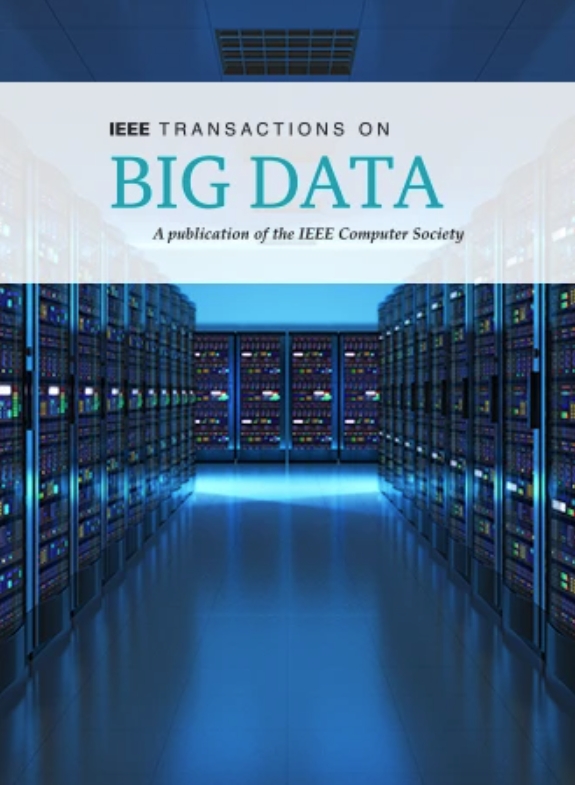UGCC: Social Media User Geolocation via Cyclic Coupling
IF 7.5
3区 计算机科学
Q1 COMPUTER SCIENCE, INFORMATION SYSTEMS
引用次数: 0
Abstract
Social media user geolocation is to infer users’ resident locations based on social media data, including user texts and social relationships. Existing methods mainly rely on the textual feature propagation in the social graph to fuse users’ textual and social information. The geolocation accuracy is susceptible to insufficient data sources and inadequate fusion. In this paper, a social media user geolocation algorithm based on cyclic coupling (called UGCC) is proposed. We collapse the social graph based on the neighbor location proximity, which reduces noisy information while enriching social relationships. Unlike existing methods that ignore the social graph's structure, UGCC measures the probability of users being in the candidate locations according to users’ structural location in the social sub-graph. Finally, we design a cyclic coupling mechanism to fuse the users’ textual and social information, which enables the two kinds of information to enhance each other and geolocate users cooperatively. Compared with ten typical existing methods (such as RELP and HGNN), experimental results show UGCC's superior performance. On two public datasets, the city-level accuracies of UGCC reach 40.8% and 50.1%; the median errors are 35.1% and 23.4% lower than the state-of-the-art methods.UGCC:通过循环耦合的社交媒体用户地理定位
社交媒体用户地理定位是基于社交媒体数据推断用户的居住位置,包括用户文本和社交关系。现有的方法主要依靠社交图中的文本特征传播来融合用户的文本信息和社交信息。地理定位精度容易受到数据来源不足和融合不足的影响。本文提出了一种基于循环耦合的社交媒体用户地理定位算法(UGCC)。我们基于邻居位置接近度来折叠社交图,这在丰富社交关系的同时减少了噪声信息。与现有的忽略社交图结构的方法不同,UGCC根据用户在社交子图中的结构位置来测量用户在候选位置的概率。最后,我们设计了一种循环耦合机制来融合用户的文本信息和社会信息,使这两种信息能够相互增强,并协同定位用户。与现有的十种典型方法(如RELP和HGNN)相比,实验结果表明UGCC具有优越的性能。在两个公共数据集上,UGCC的市级准确率分别达到40.8%和50.1%;中位误差分别比现有方法低35.1%和23.4%。
本文章由计算机程序翻译,如有差异,请以英文原文为准。
求助全文
约1分钟内获得全文
求助全文
来源期刊

IEEE Transactions on Big Data
Multiple-
CiteScore
11.80
自引率
2.80%
发文量
114
期刊介绍:
The IEEE Transactions on Big Data publishes peer-reviewed articles focusing on big data. These articles present innovative research ideas and application results across disciplines, including novel theories, algorithms, and applications. Research areas cover a wide range, such as big data analytics, visualization, curation, management, semantics, infrastructure, standards, performance analysis, intelligence extraction, scientific discovery, security, privacy, and legal issues specific to big data. The journal also prioritizes applications of big data in fields generating massive datasets.
 求助内容:
求助内容: 应助结果提醒方式:
应助结果提醒方式:


